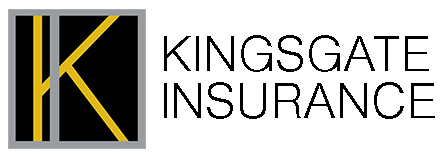Recognize Spam and Phishing Emails
Recognize Spam and Phishing Emails
As more of our daily lives move into cyberspace, hackers, cybercriminals and spam bots may lurk behind every new message that shows up in your inbox. Even robust spam filters may not be able to catch every unwelcome email.
Fortunately, you can act as an additional line of defense for yourself and your electronic devices by understanding the warning signs of spam and phishing emails. In recognition of Cybersecurity Awareness Month, protect yourself from these potentially harmful messages by paying attention to the following:
- Senders’ email addresses—Check the actual email address of the sender rather than the display name that may appear in your inbox. Be particularly mindful of domains that may be attempting to impersonate trusted parties (e.g., @micr0soft.com vs. @microsoft.com).
- Subject matter—Whether in the subject line or the body of the email itself, be mindful of what you’re reading and how it’s phrased. Cybercriminals may attempt to invoke a sense of urgency, pushing you to click on harmful links or download dangerous attachments.
- Grammar and spelling—Fraudulent emails may include spelling and grammatical errors. This can be a telltale sign that something is off, so be sure to read carefully.
- Requests and offers—Be particularly careful if an email requests potentially sensitive information, such as for you to go to a website and enter your login information or other sensitive data. Perpetrators may attempt to convince you to do this by saying you’ve won a prize or are in danger.
Click here to learn more about Cybersecurity Awareness Month.







Leave a Reply
Want to join the discussion?Feel free to contribute!